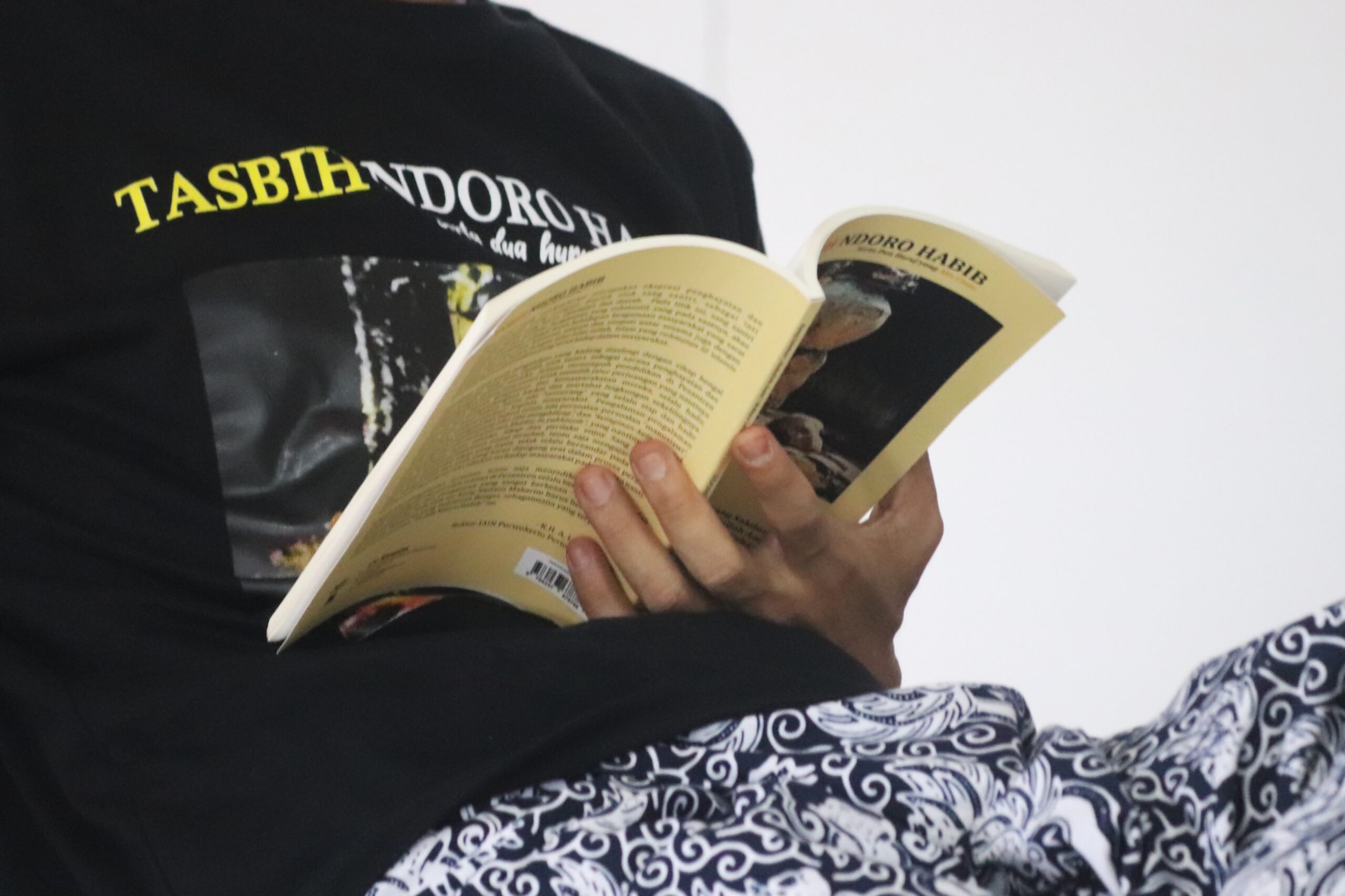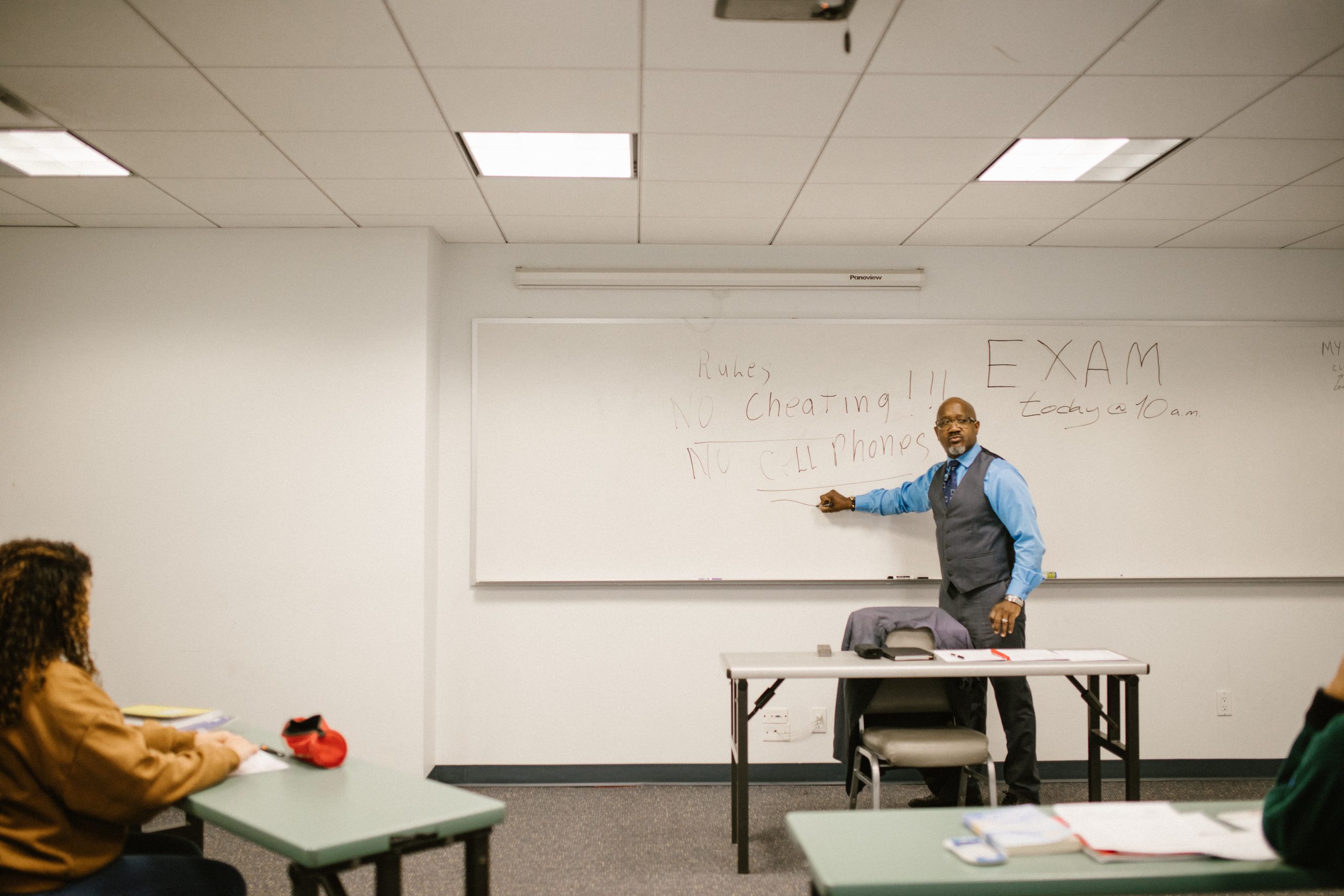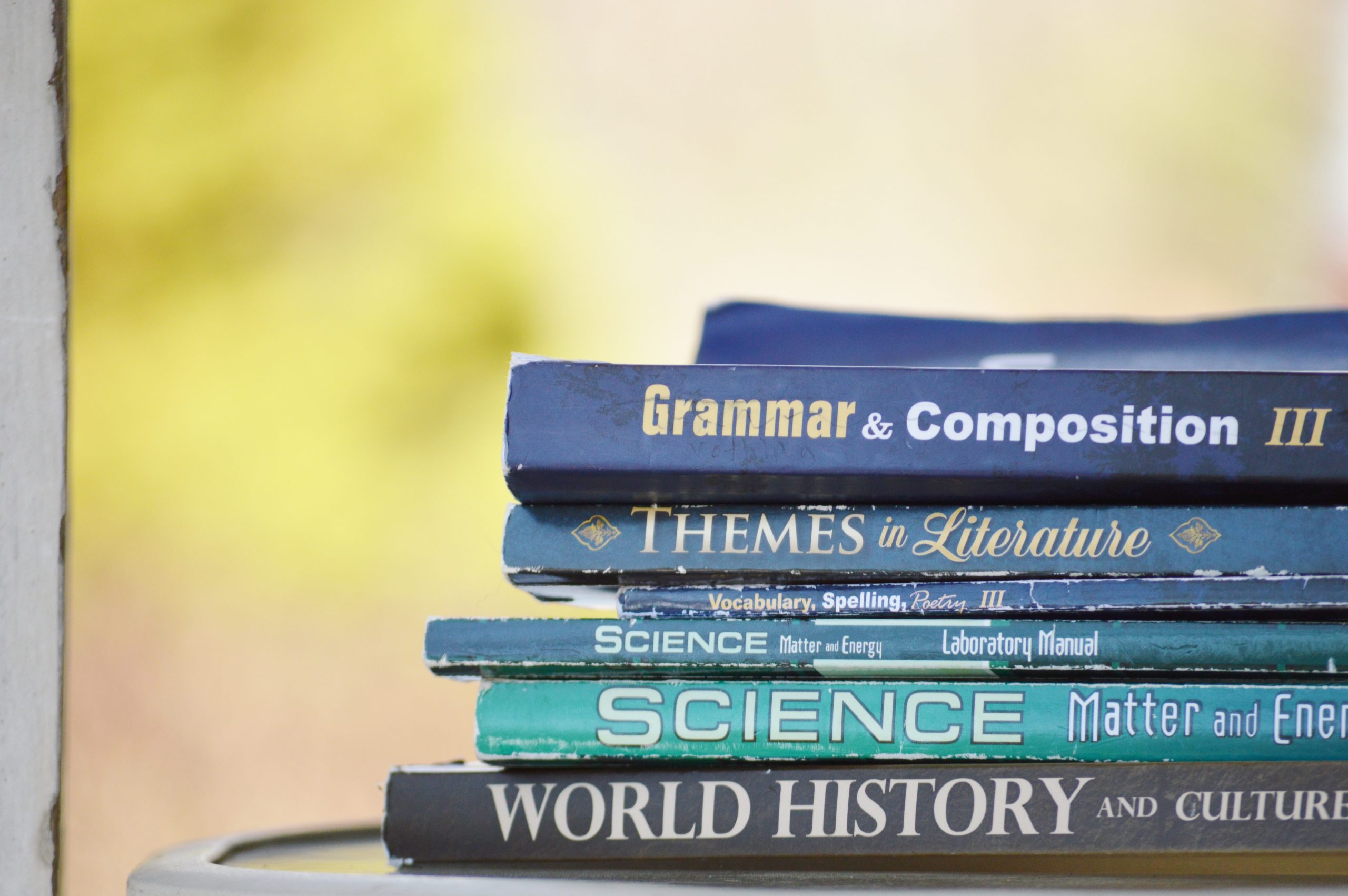Figures of speech have various techniques used by a poet to convey his message in a poem. A thorough analysis of the poetic devices in a poem is one of the various ways of gaining insight into the poem.
The various poetic devices can be categorized broadly into three viz:
- Device of sound
- Device of Grammar
- Device of comparison.
Devices of Sound
These are devices that employ sound effects to convey their meaning. They include Onomatopoeia, rhyme, repetition, anaphora Refrain, Assonance, Alliteration etc.
Onomatopoeia
This is an imitation of natural sound. It is a nacho of sense. It is a device by which the pronunciation of a word is suggestive of its meaning. Examples: (1) The hustling and bustling of city life. In the above example, “hustling”, and “bustling” are onomatopoeic words. (2) The man died in an auto crash ‘Crash’ in the above example is an onomatopoeic word.
Rhyme
This refers to the correspondence of sound in one or more accented syllables. Rhyme can be internal or end rhyme. Internal rhyme occurs when two corresponding sounds fall in the middle of lines of a poem.
End rhyme has the rhyming words at the end of lines. Example: “Yet this enjoys before it too. And pampered swells with one blood made of two And this, alas is more than we do.
The above excerpts from “The Flea” by John Donne perfectly illustrate the concept of rhyme. Each of the lines ends with words having sound /u:/
Repetition
This has to do with the recurrence of a word or a phrase more than once in a line of a poem e.g. “Twinkle, Twinkle Little Star. In the above line the word ‘twinkle’ occurs twice and this is a case of repetition. It is done for emphasis.
Anaphora
When the same word features frequently at the beginning of each line of a poem, it is called Anaphora e.g.“In the afternoon they came unto a land/in which it seemed always afternoon”/In the above lines, each line begins with ‘In’. This is a case of Anaphora.
Refrain
This looks like repetition but in this case, it refers to cases of recurrence of phrases, clauses or sentences at regular intervals in a poem usually at the end of a stanza. Refrains are of various types.
The first and most regular is the use of the same lines at the end of each stanza. Another type is that in which the refrain lines recur somewhat erratically throughout the stanza.
An example is found in Kofi Awonor’s poem “Songs of Sorrow” in which “Dzogbeze Lisa has treated me thus” is repeated at the beginning of each stanza.
Assonance
This is the repetition of the same initial vowel sound in a line of a poem e.g. Alfred Lord Tennysen’s “Lotos-Eaters” in which vowel/o/ is repeated in line 48 as in “Or night dews on still waters between Walls.
Alliteration
This is the repetition of initial identical consonant sounds in a line of a poem e.g. “Branches they bore of that unchanged stern” Line 28 of “Lotos-Enters” by Lord Tennyson. The sound effects discussed above aid the musicality and memorability of a poem.
Pun: A play on the word for effects e.g. It is better to be late than be late.
Devices of Grammar
These devices manipulate grammatical rules and constructions to underscore their message. They include Synecdoche, Litotes, Irony, Paradox, Oxymoron, Metonymy, Hyperbole, Understatement, Climax, Anti-Climax and Euphernism to mention a few.
Synecdoche
This is a device of using a part to represent the whole and vice-versa e.g. I saw an eye gazing at me ‘Eye’ is a part of a human body used to represent a person.
Litotes
A grammatical device of using two negative words to express a positive idea e.g. I am not ungrateful for your constructive criticism. In the above example, not ungrateful is to negative words to express a positive idea.
It means I am grateful. Another example is found in “It is not unexpected” Not unexpected” expresses a positive idea that is expected.
Irony
This is a device of saying the exact opposite of what one intends to say e.g. The hairy boy has as much hair on his head as on an egg.
An egg does not have hair and so the statement is a direct opposite of what is intended, that is, the man is bald.
Paradox
A statement that appears contradictory at the surface level but which when closely analysed bears some truth e.g.
- If you want peace, prepare for war
- The grave is a fine place
Critics see paradox as a fundamental element of poetic language.
Oxymoron
A device of juxtaposing (putting side by side) two contradictory words e.g. (1) it is an open secret that the man is in fail. (‘open’ and ‘secret’)
(2) Leaving one’s family for a long journey can be such a sweet sorrow (‘sweet’ and ‘sorrow’) which is used to represent a writer while the ‘sword’ stands for a soldier) achieves a humorous effect e.g.
- She ate a mountain of fufu
- The students’ noise deafens everybody around.
to say that a person ate a mountain of fufu and to assert that everybody becomes deaf on account of the noise made by the students.
Sarcasm
This is an ironical statement to ridicule a person e.g. Letters get lost in transit in Nigeria-an evidence of good and efficient service by NIPOST
- Toll gates have been abolished on highways in Nigeria. But the Police keep on collecting tolls from commercial owners every day.
Antithesis
A device whereby two contradictory statements are put against each other for the obvious purpose of contrasting e.g. (i) The grave is a fine and quiet place.
But none do there embrace! (if the grave is fine why does nobody embrace it)? (ii) The cell is a cruel place, but it is sometimes a haven. (What is a cruel place turns out to be a haven.
Climax
A figurative device of putting ideas in ascending order higher level, increasing in succession e.g.(i) The queen’s mother people and the entire world. (ii) The hunter killed a grass cutter, a squirrel and a rat in his hunting expedition. It aims to underscore a particular argument e.g.
- Who knows what might happen?
- What if I love my wife?
Anticlimax
(Bathos): Arrangement of ideas or events in descending order of importance. The aim is to make the idea lose its importance or gravity e.g. The captain lost his children, cars and pet dogs.
Allusion
This is a direct or indirect reference to a person, place or historical event. It may be biblical in which cases references are made to the bible.
It may also be classical in which references are made to myths, legends, gods etc for association or comparison e.g. The boy is a Judas as he betrayed his kinsman. (Judas’ is an example of biblical allusion.
Diana’s lip is not as smooth and dubious. (‘Diana’ is a classical allusion). Another example is in the famous expression in Shakespeare’s Merchant of Venice.
“A Daniel has come to judgment!” Allusion attempts to tap the knowledge and memory of the reader and by so doing secure emotional effect from the associations already existing in the reader’s mind.
Allusion depends on there being a common body of knowledge shared by the writer and reader.
Complex literary allusion is characteristic of much modern writing, and discovering the meaning and value of allusions is equally essential to understanding the work.
Carpediem
This is otherwise called “seize the day” The term is applied generally to literature, especially lyric poems, which exemplify the spirit of “Let us eat and drink, for tomorrow we shall die”. The theme was a common one in the 17th and 18th centuries, English love poetry.
Lover poets were continually asking their mistresses to yield to love while they still had their youth and beauty.
The most famous English examples are Andrew Marvel’s “To His Coy Mistress” and Robert Herrick’s “To the Virgin” which emphasize that life is short and time is flying.
As a result of this, he enjoins or instructs the hearer who is very often a reluctant virgin to make most of the present leisure. Communicates desperation is a symbol of the brevity of poems to imply the finality of death suggests another.
The Lion of course is a symbol of courage of a meeting of the Senate or House of Representatives.
Intentional Fallacy
A renowned literary critic, Win Satt coined the writer’s intention. According to him, whatever the writer says should not be quoted as the yardstick to appreciate or understand that work. It should not be a standard for judging a work of literature.
What the critic should be concerned with is the actual content of the work of art, and not the intended content.
Affective Fallacy
This is a term used in contemporary literary criticism to describe the error of judging a work of art in terms of its result, especially its emotional effects.
It is against the romantic and neo-classical people that say work of art should move people and if it does not, it has failed. The emphasis according to them is the effect a work has on readership.
A work of art is therefore successful if it touches the reader, the outcome of either fallacy (Intentional or Affective) is that the poem itself as an object of specific critical judgment tends to disappear.
Romanticism
This is a movement in arts and literature in which imagination and emotion rather than intellect and reason. It emphasizes the transience of life and the inevitability of death.
Imagery
Imagery may be defined as the representation through senses, of course, through its music and rhythm which we hear when it is read aloud.
But indirectly it appeals to our senses through imagery – the representation to the imagination of sense experience.
The word image perhaps most often suggests a mental picture of something seen in the mind’s eye and visual image is the most frequently occurring kind of imagery found in Poetry.
But an image may also represent the sound, smell, tactile experience or taste. Tactile experiences such as hardness, wetness or cold, an internal sensation such as hunger, thirst or nausea or a movement or tension in the muscle or joints.
If we wished to be scientific we could extend this list further for psychologists no longer confine themselves to five or even 6 senses. But to discuss poetry, the above classification should ordinarily be sufficient.
Personae
It is a literary mask. It refers to a second self-created by the author and through whom the narrative is told. The personae may be a narrator through whom the author could speak things he dared not utter in his person. He could be an implied author.
That is a voice not directly the author’s but created by the author through which he speaks. In poetry, the personae may not necessarily be the poet.
Devices of Comparison
These are poetic devices that employ comparison words to make a meaning.
Simile
It is one of the figures of speech that openly compares two people or objects that share similar characteristics using comparison words such as LIKE and AS. Example (1) John is as black as charcoal.
This means that John shares the characteristics of blackness with charcoal. (2) He fought like a wounded lion.
That is, he shared the characteristics of fighting with a lion. A simile is known as an open comparison between two things, objects or human beings without comparison words such as LIKE and AS.
Metaphor
Metaphors can be an abstraction e.g. The Pain of separation. Pain is an abstract area of sensory perception to another e.g. I was attracted by “Loud Colour” Self fragrance, “harsh effluvium” Metaphor, given the above, is referred to as compressed simile.
Personification
A figure of speech that assigns animate or human characteristics to inanimate objects. Examples are: The sky is pregnant. Being Pregnant is a human quality given to a human object- the sky. Other examples are, “The Mouth of the River,” “A beckoning morning”
Apostrophe
This is a figure of speech in which an inanimate object is addressed face to face as if talking to a human being. An example is “Death, where is your sting?”
Euphemism
T his is one of figure of speech playing down the seriousness of an incident to make it look less serious. Examples are: The old man kicked the bucket. This means that the man died. The incidence of death is played down.
Other examples are: The innocent girl was put in a family way (she was impregnated). The king has breathed his last (The king is dead). You can learn more related posts on our teaching and learning page of the site.











